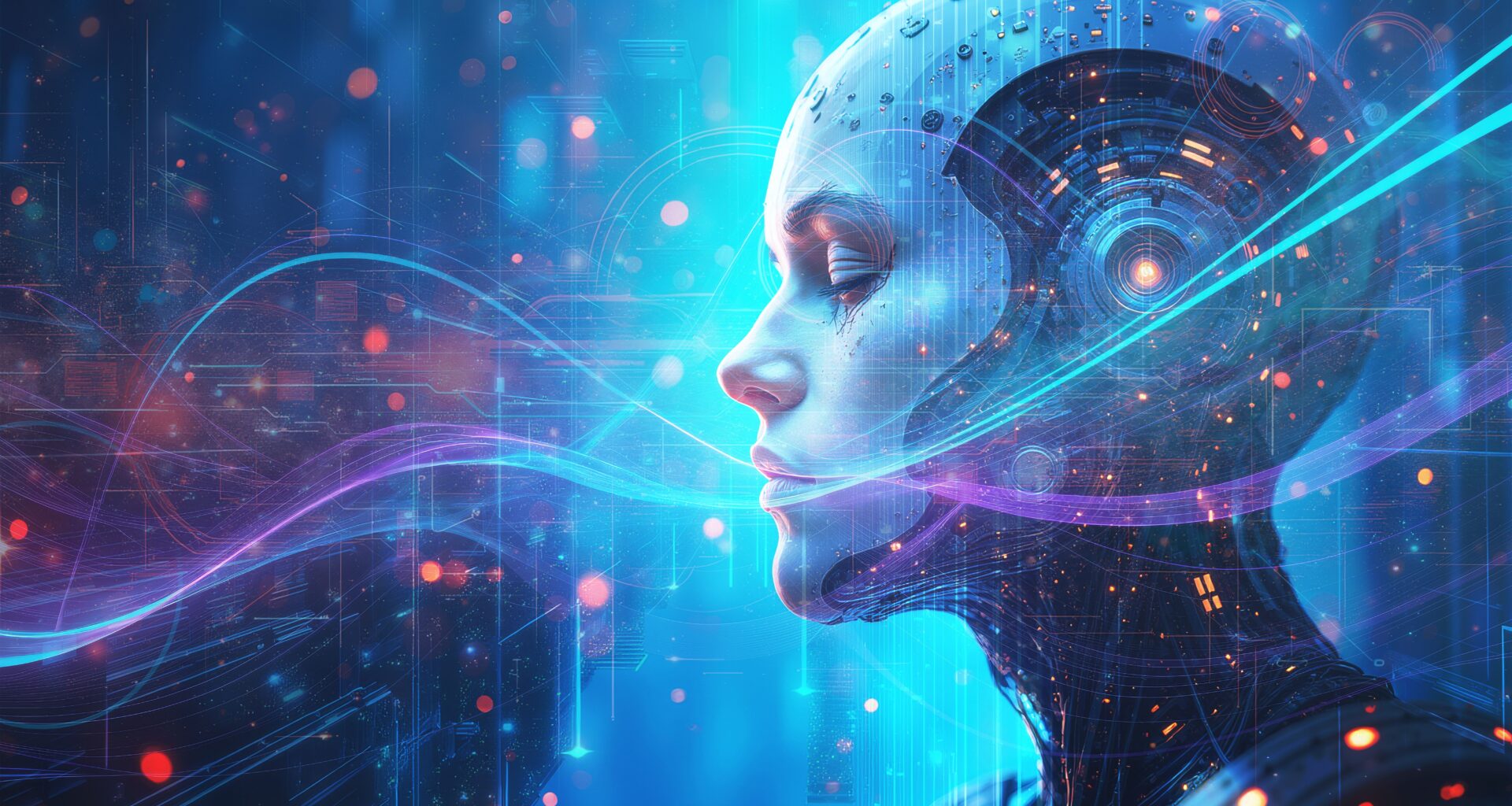As chromatography continues to evolve, emerging technologies like artificial intelligence (AI) and machine learning (ML) are poised to have big impacts on data analysis. In a forward-looking discussion, the founders of the International Women in Chromatography group—Jacqueline Hamilton, Caroline Gauchotte-Lindsay, and Diane Turner—delved into the trends that most excite them. From managing the immense complexity of environmental samples to rethinking fundamental approaches to data analysis, the potential is vast. Hamilton sees ML as a key to unlocking patterns in non-target analysis, while Gauchotte-Lindsay envisions a paradigm shift from analyzing individual compounds to viewing samples, and understanding how they are changing. However, this high-tech future comes with a critical caveat from Turner, who warns that advanced tools are useless without impeccable data quality. This balance between cutting-edge innovation and foundational analytical rigor defines the future of chromatography.
ML and the Complex Mixture Challenge
For environmental scientists like Hamilton, the challenge has always been the complexity of samples that contain thousands of organic compounds that change over time. High-resolution mass spectrometry (HRMS) generates the data, but the result is thousands and thousands of peaks, and, as Hamilton stated, “what on earth do you do with them?” This is where she believes ML can be helpful. Its ability to identify trends, pinpoint sources, and analyze changes over time in these massive datasets moves scientists beyond mere observation to a deeper understanding. As science director of the National Center for Atmospheric Science, she confirmed that they have launched a new “Digital Atmosphere” research program dedicated to using these new data techniques to answer pressing environmental questions in our changing world.
A Paradigm Shift in Analytical Thinking
Gauchotte-Lindsay is excited about a more conceptual evolution driven by these technologies. She anticipates a move away from the traditional focus on identifying and quantifying individual compounds within a sample. Instead, she proposes viewing a sample as a single, complex entity that evolves over time or through a process—like contaminated land undergoing remediation. The question shifts from “what compounds are here?” to “how is the entire chemical signature of this sample transforming as a whole?” This approach, powered by advanced statistical and ML tools, could unlock new insights into chemical processes. She notes that analytical chemists have always been at the forefront of statistical analysis, positioning them perfectly to lead this charge in responsible and insightful machine learning applications.
The Non-Negotiable Primacy of Data Quality
In a counterpoint, Turner expressed both excitement and caution. While she acknowledges the power of new data analysis tools, her primary concern is a foundational one: data quality. Her experience as an expert witness makes her acutely aware that every conclusion is only as valid as the data behind it. “My biggest fear is that people think [AI] is going to be the answer to all of their problems… but if you put rubbish in, you’ll get rubbish out.” She emphasized that the integrity of the result is built on every step of the process, from sample collection and preservation to robust controls and meticulous chromatography. This warning serves as an essential reminder that technological advancement must not come at the expense of analytical fundamentals.
Turning Concern into Opportunity
Rather than seeing this as a limitation, Gauchotte-Lindsay reframed it as an opportunity for the field. The need for rigorous quality assurance and quality control (QA/QC) is now more important than ever and must expand to encompass the entire data life cycle, including the processing phase. As analytical chemists are already accustomed to QA/QC, they can develop the new frameworks and standards needed to validate machine learning outputs and ensure they are answering scientific questions rather than simply highlighting artifacts in the data. This fusion of cutting-edge computational technology with traditional analytical rigor is where the most robust and exciting future discoveries will be made, ensuring that the field of chromatography continues to generate trustworthy science.

